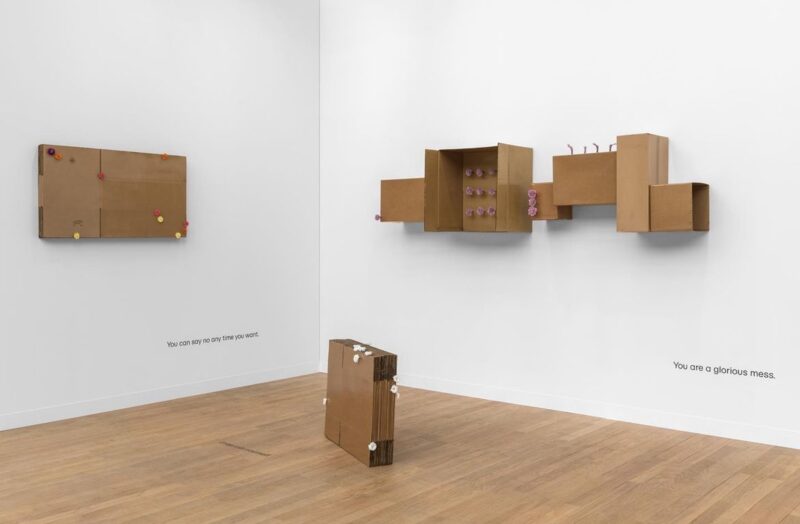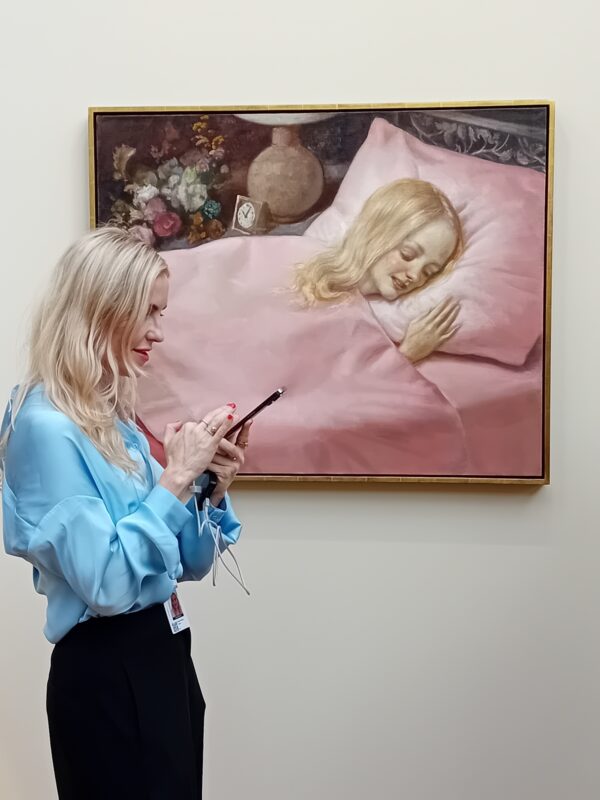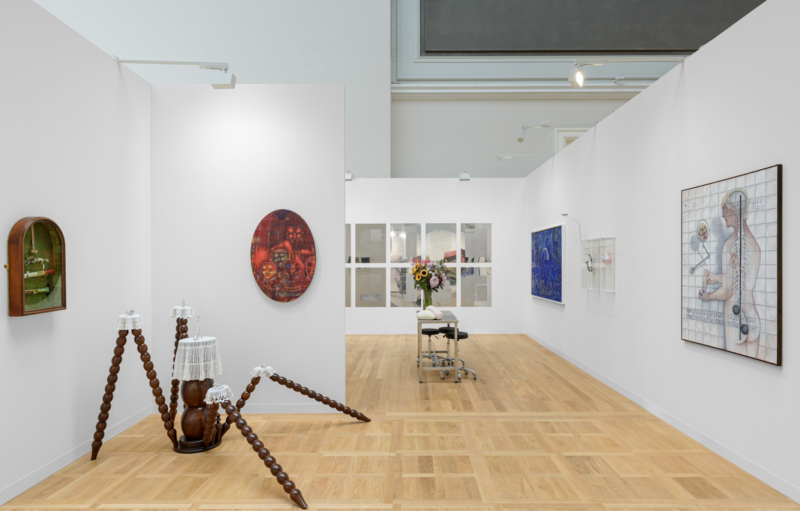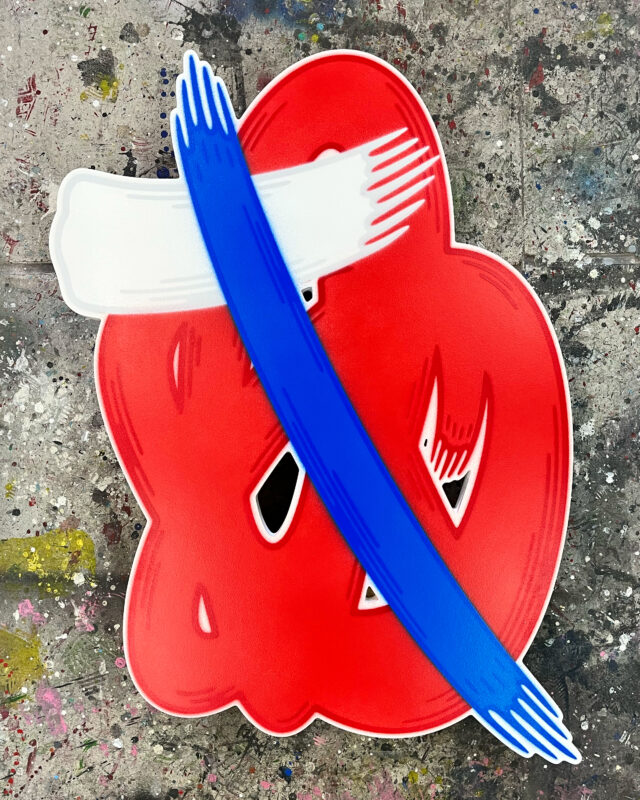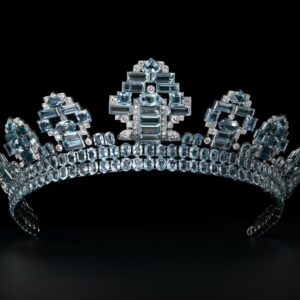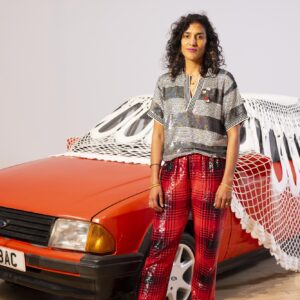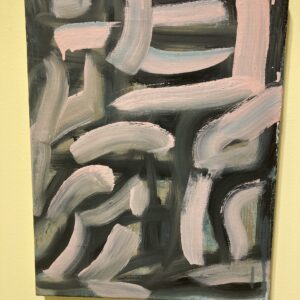Reflecting on Art Basel Paris and Paris Art Week (16th–20th October), I’ve been returning to the idea of set and setting. It’s a term used for psychedelic drug use – set being one’s mindset and setting being the physical environment – but fitting for perceiving art, too. If set and setting are off, the experience can be jarring; if right, it’s conducive to an enriching encounter.
In Paris, the set was the optimism and hyperdrive on the heels of a successful Frieze paired with a pre-winter boost before vitamin D levels dip into doom and gloom (and, generally, people are excited to visit Paris). The setting: the walkable city, less disgruntled and cleaner than usual in its post-Olympics glow, filled with art events in whatever-Google-maps-says reach with the grandeur of Art Basel Paris at the Grand Palais as the pinnacle moment.
Paris has always been like sugar for those who love to look at things. Every day I overhear visitors on phones talking about how they did 20,000 steps yesterday to see the art and architecture the city offers. Dial this up, and Paris Art Week had everyone bouncing around citywide, including visits to fairs in Basel’s sparkly shadow like fixtures AsiaNow and Paris Internationale and newbies OFFSCREEN and The Salon by NADA & The Community.
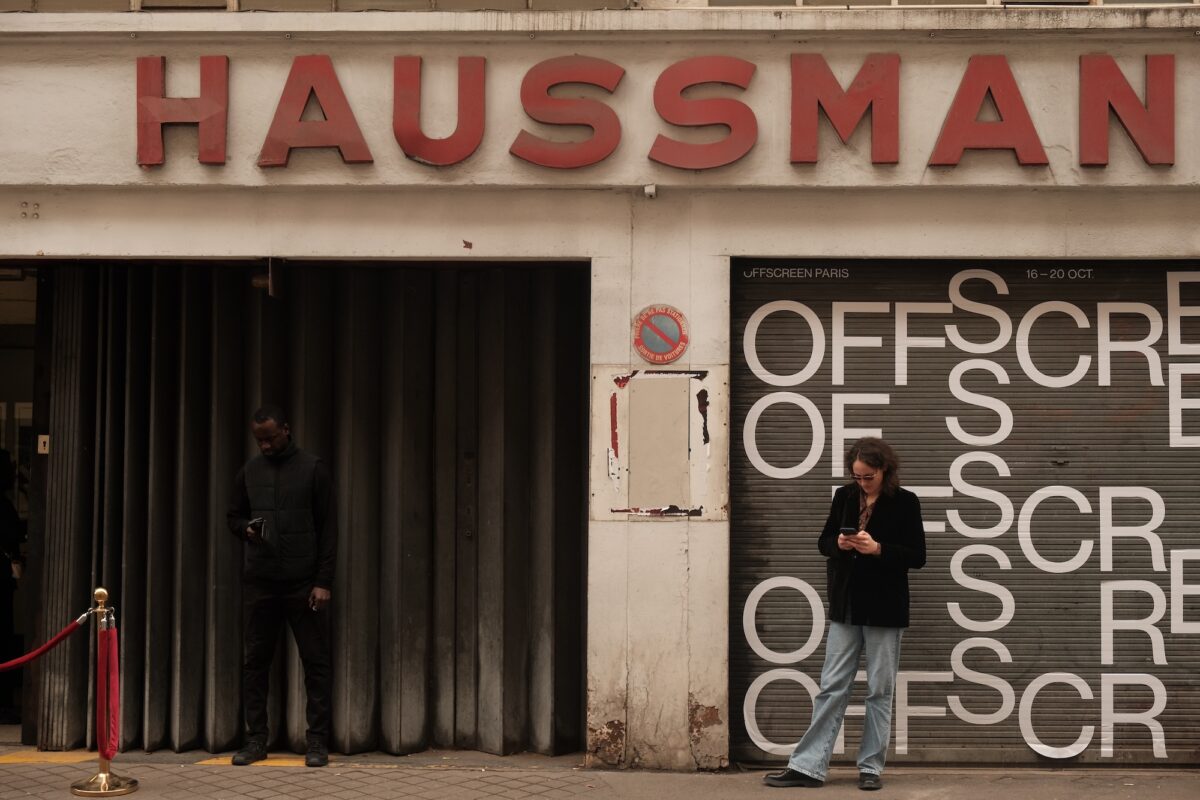
For its second year, crowd-favourite OFFSCREEN showed within a former parking garage, with the grey walls of the cement space lending themselves to the brown, black and golden hues of its photographic and filmic works. Too, the structure’s curved ramps taking visitors level to level granted a seamless intellectual and emotional mood not possible in a square-booth bright-lit fair.
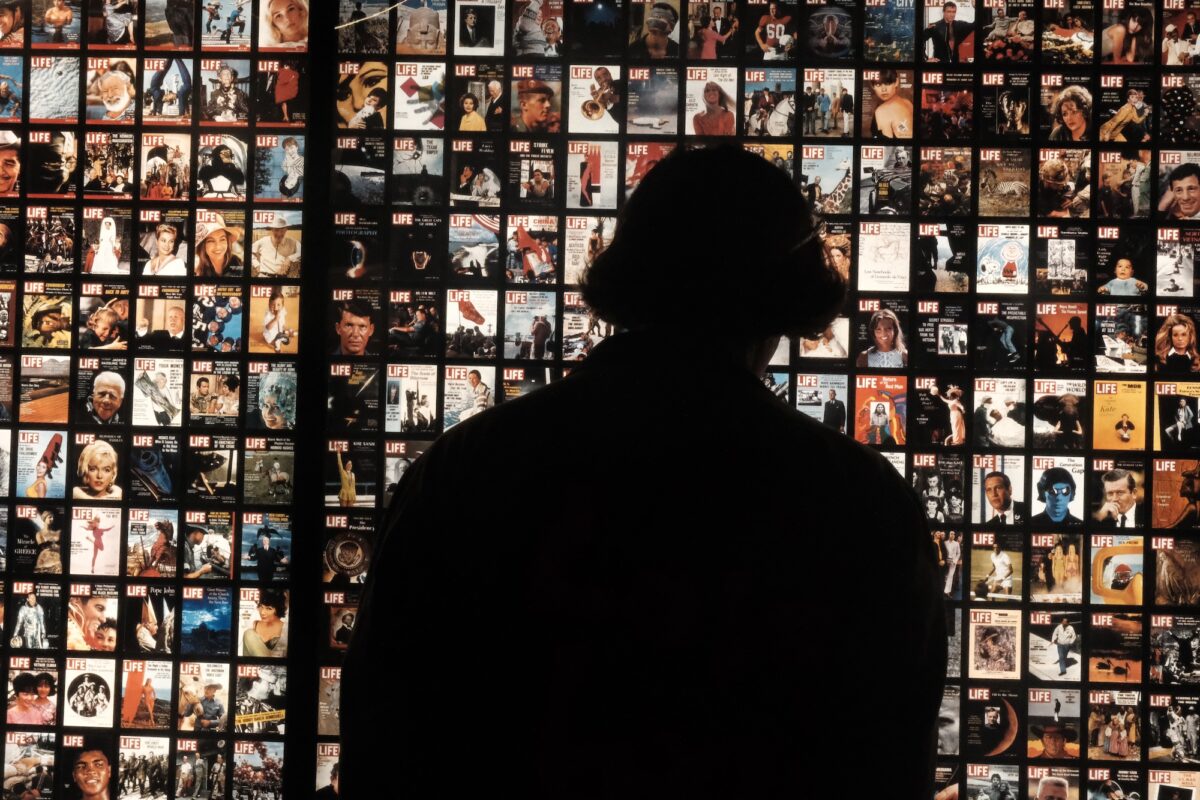
This tenderness between space and art-viewing also imbued The Salon, the edgiest of the major events last week. NADA’s network had long voted for an art fair in the French capital. Wish granted and from their 10th arrondissement former office building base, the collaborative art fair let their majority US exhibitors connect with European audiences.
Paris has always been a huge centre for the arts,
said Lily Frances Pendery, gallery manager for NYC Mrs. Gallery showing at The Salon,
But for the emerging and contemporary side, the quality of artwork shown this week steps it up. People used to think of London and still do. After Brexit, Basel is a great brand to be here in Paris. People are so familiar with it. It gives Paris the push to become an even more thriving centre for art.
Of course, it’s not the first time Art Basel or a major fair has been in Paris. From 1974, FIAC held the market, also mostly showing in the Grand Palais before its 2022 demise. That year, Art Basel entered with Paris+ par Art Basel, fueled by post-Brexit dreams of Paris being the next European art capital. This year, it rebranded to Art Basel Paris – joining its franchise of premier fairs in Basel, Miami and Hong Kong – and relocated to the renovated Grand Palais.
The Grand Palais itself is a venue designed for large fairs, originally created for the 1900 World’s Fair (Exposition Internationale). Last week, it hosted nearly 200 galleries and tens of thousands in foot traffic under a dreamy diffusion of natural light from its detailed glass roof dome – a sight so striking it felt like the first ever true iteration of the much hyped-event.
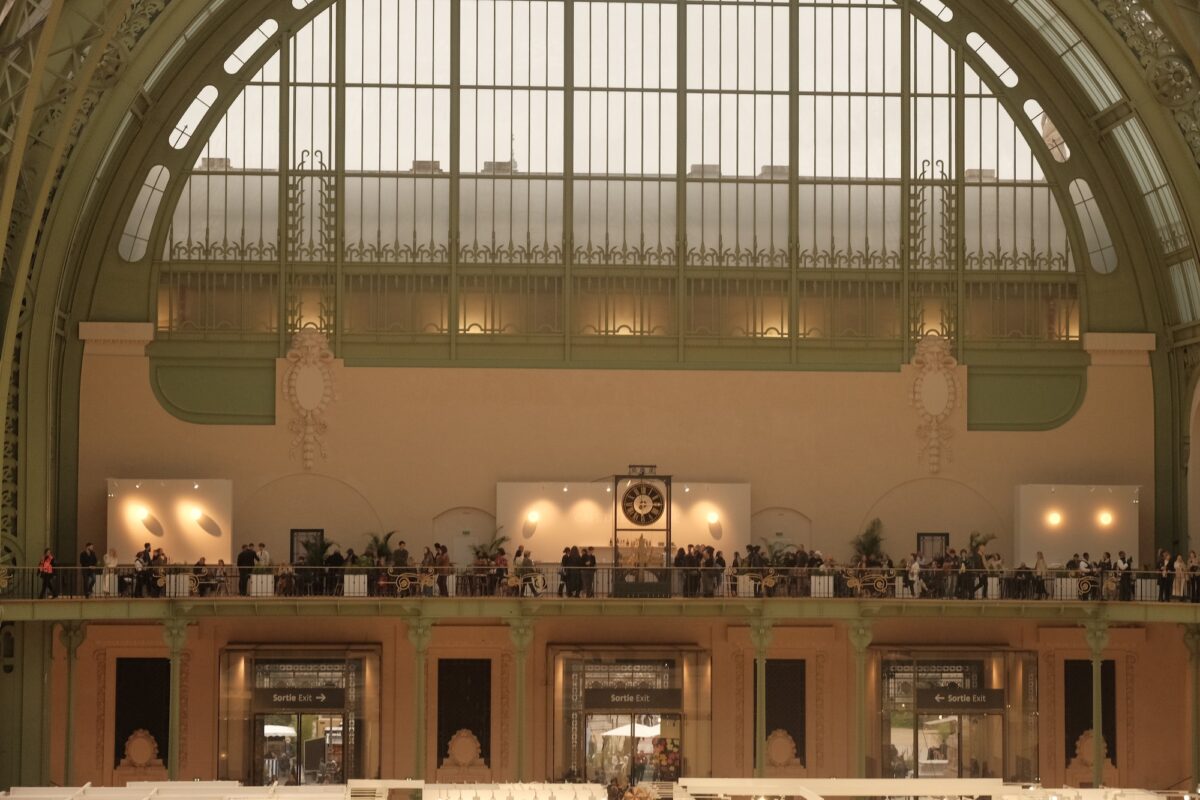
The fair’s ground floor was mostly dedicated to old masters, with the familiarity of works by Basquiat, Klimt, Fontana, Miró and Cirico easing one in. Being the first encounter in the fair was likely an appeal to risk-averse and classical leaning French collectors. That’s not to say it was a conservative set up but, with the scale of the fair, these works greased the brain before bombarding it with new information.
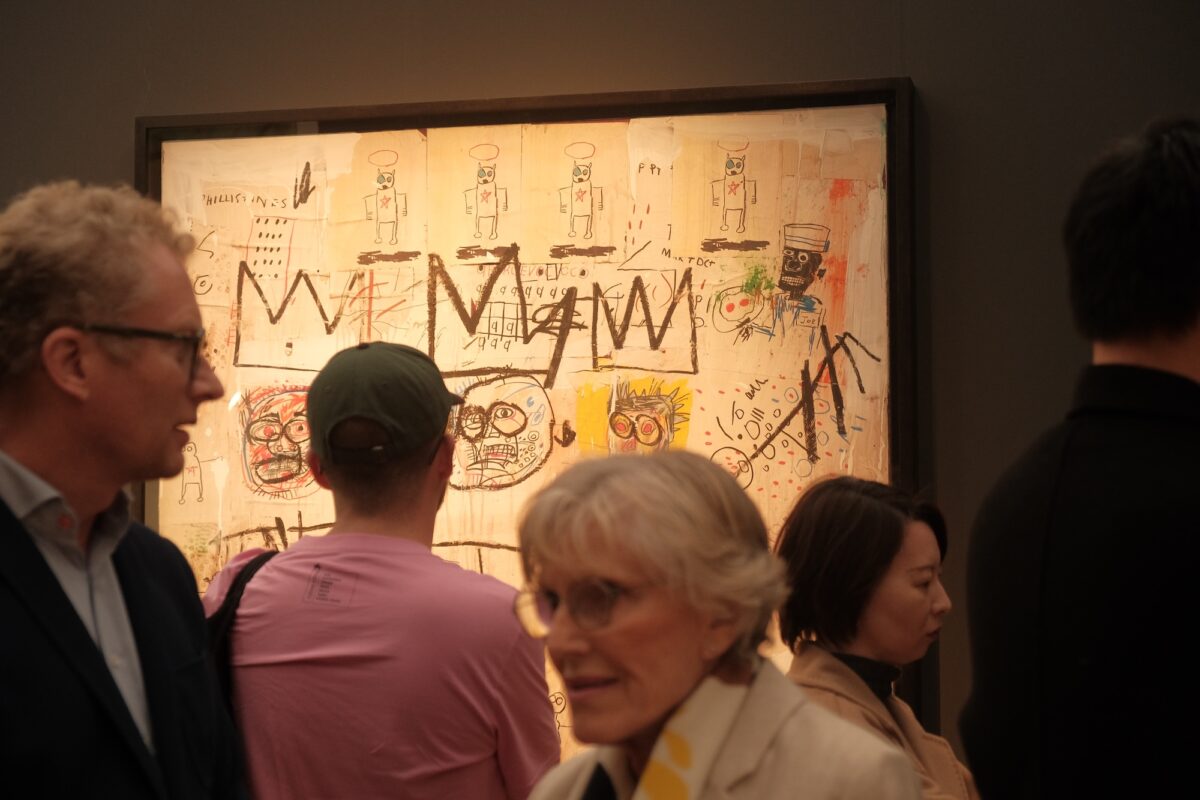
At Gladstone Gallery, viewers were embraced in their booth’s mix of new and old art: a 1971 mural by Jean Dubuffet, fragmented portrait drawings by Marisa Merz, a bloody purgatory scene by Wangechi Mutu (Subterranea Falling Flames, 2023) and the materially transfixing Fossil Lace (Borealis), a 1992 work by Philippe Pareno of tarnish and silkscreen ink on brass.
This year was the busiest and most energetic week in Paris we’ve ever experienced,
Gladstone’s Senior Partner Max Falkenstein said.
We saw an especially enthusiastic response to the historic works in our presentation. This week in Paris has clearly established itself as a key moment on the art world calendar.
Then, depending where you entered the upper level, you were greeted with either a giant Louis Vuitton fish (with fashion houses imposing on the success of art week), a funky Hong Kong eatery, a cafe charging 8 euros for a coffee and entrances into various sections of the fair.
In Premise, an area for galleries with more curatorially focussed displays, The Pill showed pioneering French feminist artist’s Nil Yalter installation The AmbassaDRESS (Sefire) (1978).
The erected sleek dirtied gown spoke to a society ridden with violence and power and, snapped frequently by visitors, became one of the most viral artworks on social media from the fair.
Provocation and play permeated the upper level’s galleries, too. Berlin-based Société contrasted supernatural computer-generated images by Bunny Rogers with gestural paintings by Anh Tr?n, among others. Germany’s Neue Alte Brûcke presented two giant portraits of cats eyeing off their food by Magnus Andersen.
Marian Ibrahim, with their Paris location nearby on Avenue Matignon, brought a mix of textile, collage, sculpture and painting works set against blue walls and carpet.
We designed two sections: the first being day and the second being night,
shared gallery director Emma McKee, adding that artists created work for the theme,
We’ve changed up our booth every day throughout the fair, switching or presenting different combinations of works. It’s been an incredible fair. Being in the Grand Palais is amazing
Such general positive sentiment was perhaps due to Paris Art Week’s decentralisation. Art Basel was the anchor but not an over demanding beast. You could spend time wherever excited you. POUSH, a former perfume factory housing 250 artists (explained to me as like “an art school without teachers”) hosted a buzzy open studio and all-night party on the weekend. Major institutions involved themselves too, with Musee d’Orsay inviting Danish-Norwegian duo Elmgreen and Dragset to install their contemporary statues amongst the museum’s own permanent sculpture exhibition. Neighbouring regions also travelled in: Orbis Tertius, an exhibition on the slipperiness between fiction and reality, presented artists from Afalula’s residency programme in Saudi Arabia.
The week had an everything, everywhere all at once vibe going for it. You could forget the pageantry element that serves to decorate the homes of the world’s wealthiest because of the super-sized exploration of art across the city for all who knew how to opt in.
One journalist called it a display of global creativity, though that’s a stretch. Non-US and European representation was sparse. This Western Centrism felt, at times, like an indulgent distraction to disconnect from global happenings – war crimes, a cost of living crisis, the upcoming US election, France’s personal political woes.
Geopolitics aside, maybe the art industry maxing out like this had something to do with France’s internal rhythm. That is: the most common complaint about the Paris art world is its rigidity. European countries tend to dig their heels into established systems. These histories can give a charm but also hold France back: the country only has a 7% share of the global art trade and its capital often falls prey to a claustrophobic fantasy mismatched with reality (à la Emily in Paris).
The city can sit, for a long time, in its constraints. But people will always come to Paris to experience art. It’s the organic set and setting for it. And sometimes the city opens itself back up in a way that is not conservative or trite. The Impressionists rebelled once against Paris’ important but stuffy Salons. Every day leading up to the Olympics, everyone complained that Paris would fall apart but the J.O. was pleasant and special having everyone sing Oh Les Champs-Elysées and donning Phryges plushies on their backpacks ever since. Just for a moment, the city has cycled back into a giddy energy, replacing its well-worn misery and apprehension.
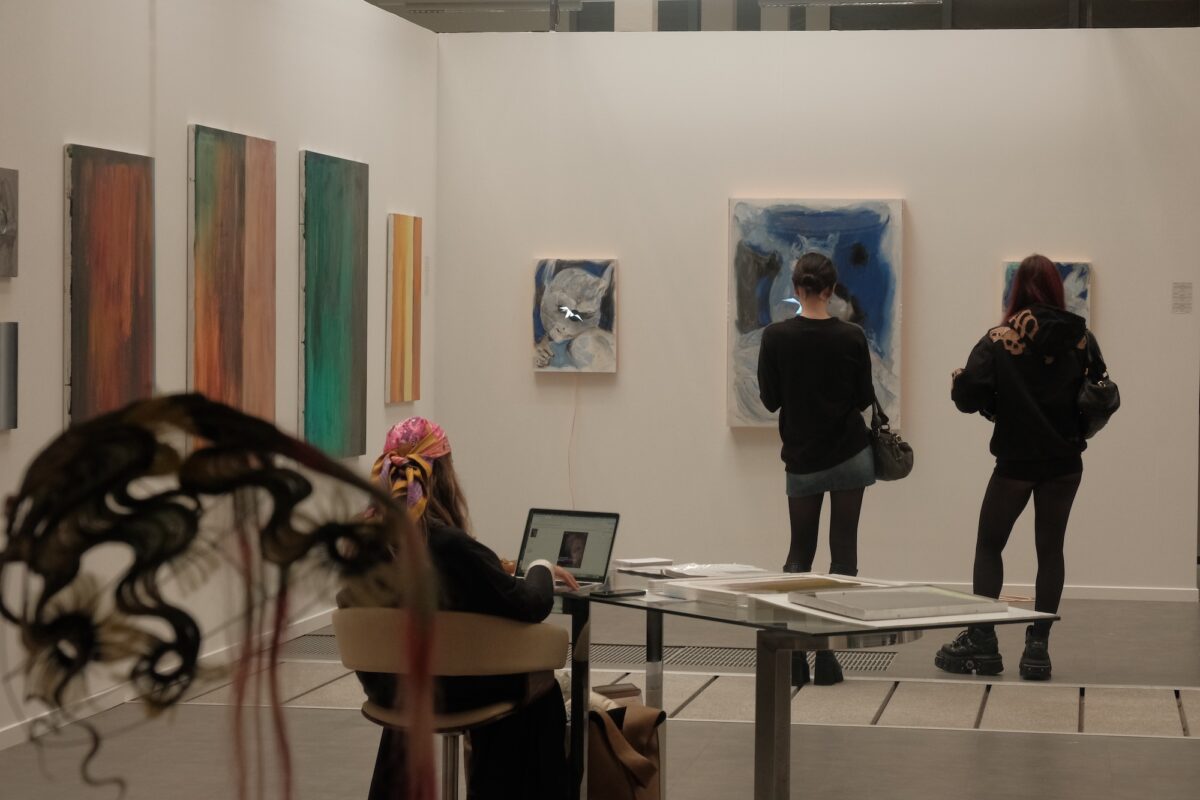
At Art Basel Paris and peripheral events, this Paris Art Week previewed a new wave. Hopefully, a precursor to this city’s next chapter: reinvesting in the art ecosystem already deep in its veins and welcoming everyone who loves it to come and take it in.
